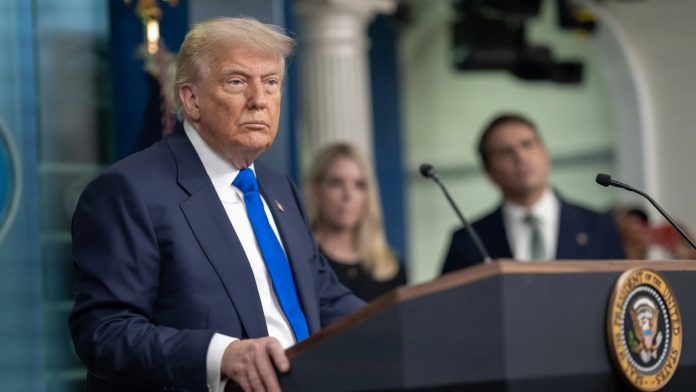President Donald Trump has extended the pause on his “Liberation Day” tariffs until Aug. 1, delaying clarity for automakers and suppliers awaiting long-term U.S. trade policy updates. Starting next month, the U.S. will impose new country-level tariffs as high as 50% on select imports, in addition to existing sectoral duties on autos, steel and aluminum. The new measures will impact key trading partners including Canada, Japan and South Korea, while talks with the European Union, Mexico and China continue under different timelines.
Here’s why it matters:
The upcoming tariff increases introduce heightened pricing pressure and uncertainty for U.S. dealers, especially in sourcing parts and vehicles from global markets. Automakers are already pulling back on capital spending and warning of potential vehicle price hikes of up to 25%. Disruptions to the global supply chain and increased cost of goods could squeeze dealer margins and limit vehicle availability heading into the second half of the year.
Key takeaways:
- New tariffs start August 1
Country-level tariffs of 25% to 50% will take effect on imports from Japan, South Korea, Canada and Brazil, affecting a wide range of goods not currently covered under sector-specific tariffs. - Canadian goods face a 35% tariff
Trump has threatened a 35% tariff on Canadian imports, with exemptions for USMCA-compliant goods. The move escalates trade tensions with one of the U.S.’s largest auto parts suppliers. - Japan and South Korea lose negotiating window
Talks with Japan and South Korea failed, and both nations now face 25% tariffs. These two countries exported nearly 2.7 million vehicles to the U.S. in 2024, along with over $28 billion in auto parts. - EU still in talks to avoid tariff hikes
The European Union is negotiating with the U.S. to secure auto tariff concessions before the deadline, including proposals for quotas and credit systems benefiting exporters like Mercedes-Benz and BMW. - Copper tariffs may hit EV production
A 50% tariff on copper imports from Aug. 1 could further complicate EV production, given the material’s role in batteries, wiring and motors. The U.S. relies on imports for about half of its copper needs.



